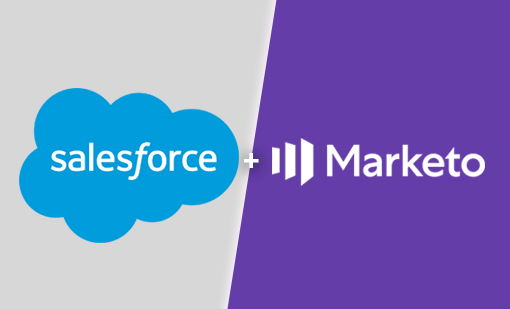As digitization has blessed us with tremendous progress, it has also brought new challenges and loopholes. The entire world is transforming digitally, creating hyper-connected networks that need thorough evaluation regularly to fill any spawning gap. Failing to do so can open up routes for hackers to root into your system.
Bot attacks are the latest addition to cybercrimes. It is a set of programs designed by hackers to launch automated attacks on your system. Corrupt bots obtain unauthorized access to your unique content, business strategy, and private information, which eventually affects the Search Engine Result Page (SERP) ranking of your organization.
The information collected is used by rival companies to fill fake forms and send spam emails to the addresses collected unethically. Marketo Engage web forms face several challenges due to such malicious programs and cannot generate the target conversion.
Fake Registrations
Hostile businesses these days rely on bot submission to make fake registrations and collect leads. This impacts the conversion rate of your target market as they will start receiving spam messages.
Clicking Malicious Website Links
The email list created by bot form submission is used to send links to malicious sites and downloadable malware, clicking on which allows the hacker to hijack your system to steal sensitive information. This can impact your website’s revenue as your potential customers may stop visiting your page.
High Page Load Time
The increase in fake access requests to your website can overload your server, slowing down your page loading speed and increasing your bandwidth costs. Thus, unwanted bot traffic can affect your brand’s reputation, and search engines will subsequently demote your page.
How to Prevent Bot Submission
To avoid bot submission in Marketo Engage Forms, try adopting these helpful tricks:
Use a CAPTCHA
Typing distorted figures and checking described boxes can be very easy for humans, but not for bots. Filtering the processes right at the beginning with CAPTCHA will assure that your Marketo Engage Form is filled by a living being and not a bot.
Email verification
To avoid fake registration(s), send a verification link to the user’s email address, clicking on which the candidate can get registered. This process of double opt-in will ensure that the registration is made from a valid email address.
Create a honey-pot
You can save your organization from bot attacks by making some extra effort to build bait for bots. Add a spare field using CSS that only bots can read and fill to identify bots in the initial state.
Add a test question
Include a question on the Marketo Engage Form that is easy to answer for your potential clients but not for bots. This will help you to easily differentiate between a bot and a human.
Use the Web Application Firewall
Hackers also use SQL Injection to avoid authentication tools and to get access to the database. The Web Application Firewall can help your Marketo Engage Form from such bot submission methods.
Analyze the time taken to fill a form
If you notice any unusually fast filling form, you need to check for bot intervention. Based on your marketing automation metrics, you can estimate the average time taken by a human to fill your Marketo Engage Form, and a bot will fill out a form faster than any human can.
Allow a single entry per email address
Suppose you restrict one registration per email address. In that case, it will make sure that a bot is not trying to register via your Marketo Engage Form, using the data of an already registered member.
Blocking high-risk zones
Upon noticing a significant problem area, you can resort to IP address blocking of the specific location. Though this will also disable your genuine customers’ forms, it will protect your system from perplexing cybercrimes. Alternatively, you can also limit the number of web forms submitted from IP addresses.
Embed additional authentication data request
To protect your Marketo Engage Form from cross-site request forgery that can damage the customer’s browser, you need to detect unauthorized requests. Using Double Submit Cookies and anti-forgery tokens can protect your system from such hacking attempts. Further, additional authentication for sensitive actions will stop CSRF attacks.
Stopping the invasion of cyber hackers in your Marketo Engage Forms will help you build a seamless experience for your potential customers, automatically developing your website reputation and increasing the conversion rate. Allowing spam to sign up via bot submission will turn down your entire customer engagement plan and risk the security of important information on which your whole business depends. Incorporating the cited methods into your marketing strategy will enable you to get rid of bot submission in Marketo Engage Forms, leading your business to uninterrupted success.





